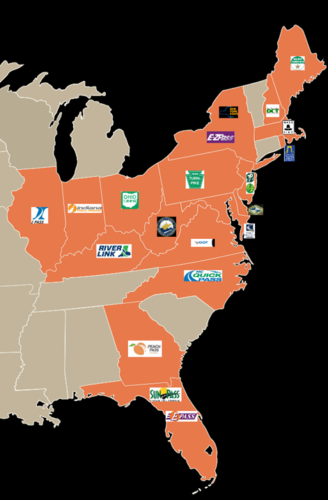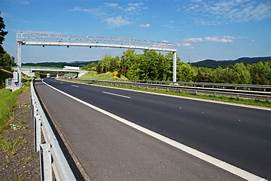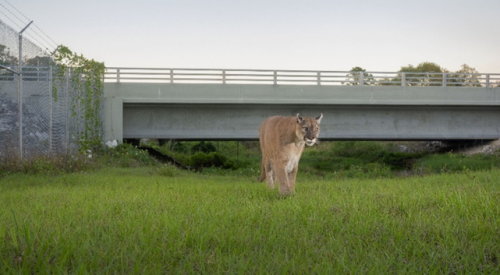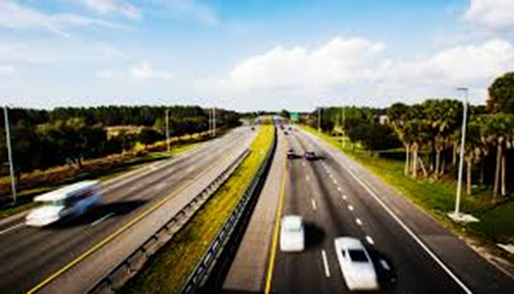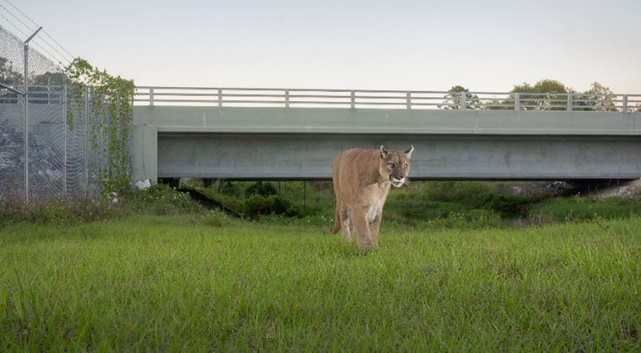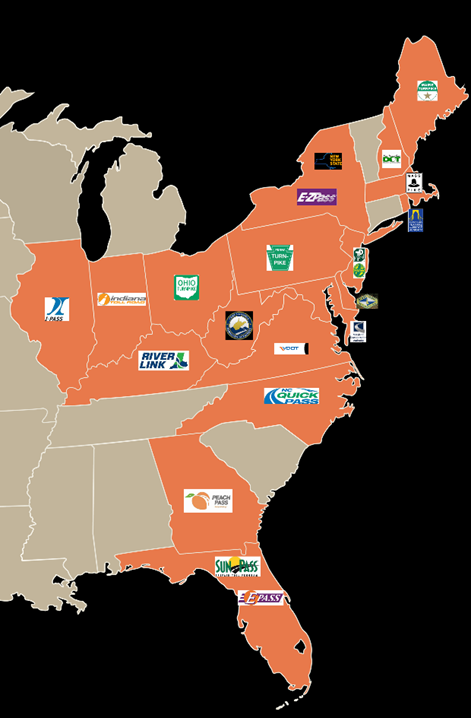In the midst of an unusually intense hurricane season, public safety and emergency preparedness are among the most basic reasons to make sure every part of Florida has the highway infrastructure it needs to keep people safe.
Floridians go through it every year, so we know the drill: No storm is predictable, and they don’t all land exactly where they’re expected to, but we always have to be prepared. When hurricane season begins, you make sure your tires are inflated, your safety gear is in the trunk, your devices are charged, and an emergency bag is packed and ready to go. If a severe storm is approaching, the hammer and nails come out, the plywood goes up over the windows, and you stock up on water, flashlight batteries, and generator fuel.
But why should anyone in our state ever have to wonder whether they’ll be able to get out safely, or get back quickly and conveniently after the storm has passed, when they’re in the life-or-death moment of deciding whether to follow instructions and evacuate?
Putting your life on the line
That’s why it was so scary to read about one coastal resident whose decision to shelter in place for one recent hurricane was based on her assessment of highway capacity.
She worried that if she got out on the highway, she’d just get stuck in gridlocked traffic until everyone ran out of gas, their engines overheated, or their vehicles broke down by the side of the road.
And she figured that if she was scared, people closer to the impact of the storm were even more so. With limited highway capacity, she opted to stay off the road to help reduce congestion for those in more immediate danger.
As long as anyone has to put their life and safety at risk because they’re concerned about traversing Florida’s highways for a safe, timely evacuation, the answer is simple: Florida needs more arterial roads.
Toll operators know what to do
Tolling agencies in Florida and elsewhere already know what to do when a hurricane is on the way. They know their roads are at the center of the plan to get people out of the area efficiently, ensure safe transportation for emergency crews, deliver critical equipment and supplies to Floridians, and ensure the safe return of evacuees…then quickly bring in essential equipment and supplies for those areas hit hardest by the storm.
When an evacuation order is issued, tolls are suspended, and inbound lanes are reversed so the road can accommodate twice as much outbound traffic. Emergency equipment, supplies, and personnel are pre-staged in strategic locations, to make sure they’re available when and where they’re needed most.
Agencies’ solid working relationships with traffic patrol and law enforcement come into play, helping to keep the roadway orderly, any collisions quickly cleared, and traffic moving.
As Florida’s population continues to grow, it is essential to plan for a safe and efficient transportation system that will accommodate the unique needs of our state’s residents and visitors. Hurricane evacuation and preparedness remains a top priority with transportation planning throughout the state and is a key topic of discussion as part of the Multi-use Corridors of Regional Economic Significance (M-CORES) program. Currently, the M-CORES Task Forces, comprised of subject matter experts, are identifying the unique needs of each proposed corridor in order to provide their recommendations to the Legislature and the Governor. The Task Forces are responsible for taking a comprehensive look at how to address Florida’s critical infrastructure needs for the future, including enhancing hurricane evacuation routes to allow residents to safely escape storms.
Safety in many forms
There’s at least one other safety issue that might not be quite as obvious.
With the vehicle fleet shifting toward hybrid and electric cars, drivers in an evacuation zone will need charging infrastructure to complete their trip to safety. That’s why the Florida Department of Transportation has the foresight to locate fast-charging stations along the state’s toll roads, to ensure there’s enough capacity for the vehicles that need them.
With the United States in the midst of an above-average hurricane season, and Florida bearing its share of the impact as we always do, now is the time to be forward-thinking and play the long game, rather than opting for a quick fix or waiting until it’s too late. It’s one more reason to be very pleased that M-CORES is taking shape as a creative, long-term solution to the state’s mobility and emergency access needs.


